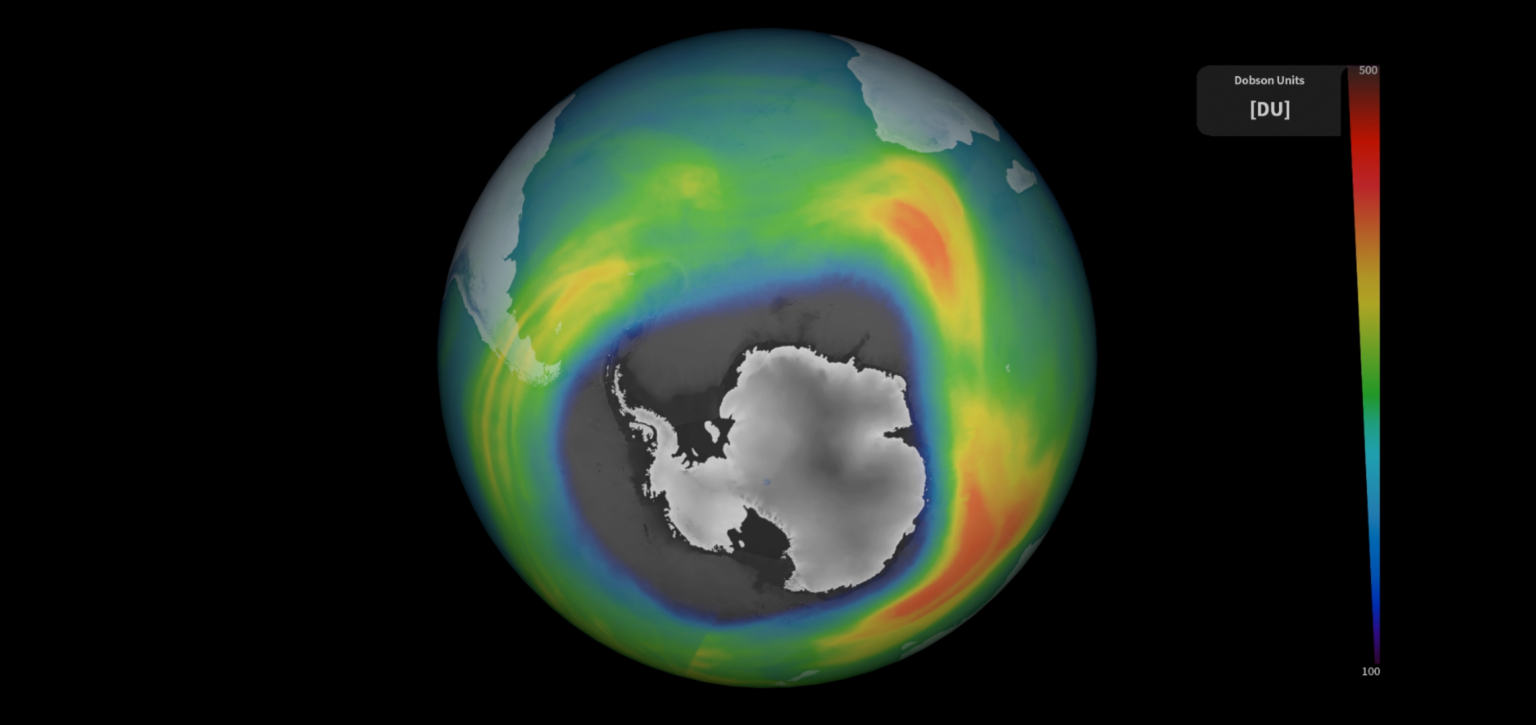NASA has selected four proposals for climate science missions, including the STRIVE mission led by University of Washington researcher Lyatt Jaeglé, to receive further study and funding through the Earth System Explorers Program. The STRIVE mission focuses on the interactions between the stratosphere and troposphere, examining their impact on atmospheric phenomena such as storm severity and ozone layer perturbations. The mission will provide daily, high-resolution measurements of temperature, atmospheric elements, aerosol properties, and ozone and trace gases, with a goal of monitoring and understanding the recovery of the ozone layer. The mission team includes researchers from various institutions in the U.S. and Canada.
Another mission, ODYSEA, led by Sarah Gille at the University of California in San Diego, will study ocean surface currents and winds to improve understanding of air-sea interactions and surface current processes that impact weather, climate, marine ecosystems, and human well-being. EDGE, led by UCSD’s Helen Amanda Fricker, will observe the three-dimensional structure of terrestrial ecosystems, glaciers, ice sheets, and sea ice to track changes in response to climate and human activity. Carbon-I, led by Caltech’s Christian Frankenberg, aims to enable simultaneous measurements of critical greenhouse gases and potential quantification of ethane to study emissions drivers.
Each of the four selected proposals will receive $5 million to conduct a one-year concept study. After the study period, NASA will choose two of the proposals to move forward to launch, with readiness dates expected in 2030 and 2032. The mission cost for each selected investigation will be capped at $310 million, not including launch costs, which will be covered by NASA. The Earth System Explorers Program focuses on Earth science questions related to greenhouse gases, the ozone layer, ocean surface currents, and changes in ice and glaciers around the world.
According to Nicky Fox, NASA’s associate administrator for science, the selected proposals represent NASA’s holistic approach to studying Earth’s climate. As the challenges of climate change continue to impact humans and the environment, the need for data and scientific research is greater than ever. These proposals aim to better prepare for the challenges faced today and in the future. The missions under consideration will provide valuable information on a wide range of Earth science topics, including greenhouse gases, ozone layer recovery, air-sea interactions, surface current processes, and changes in terrestrial ecosystems and glaciers.
The STRIVE mission, along with ODYSEA, EDGE, and Carbon-I, represent important steps in advancing Earth science research and understanding climate change impacts. STRIVE will provide critical measurements of temperature, atmospheric elements, aerosol properties, and ozone and trace gases, while ODYSEA, EDGE, and Carbon-I will focus on ocean surface currents, air-sea interactions, terrestrial ecosystems, and greenhouse gas measurements. These missions have the potential to advance scientific knowledge and contribute to the ongoing effort to address and mitigate the impacts of climate change on Earth’s atmosphere, oceans, and ecosystems. NASA’s Earth System Explorers Program will continue to support research that enhances our understanding of the complex interactions within the Earth’s climate system and helps us better prepare for a changing climate and its impacts on the planet.


